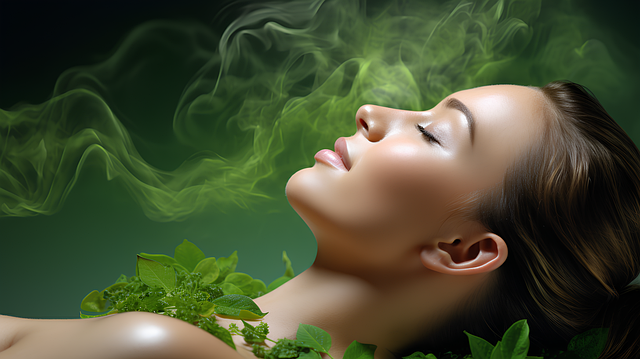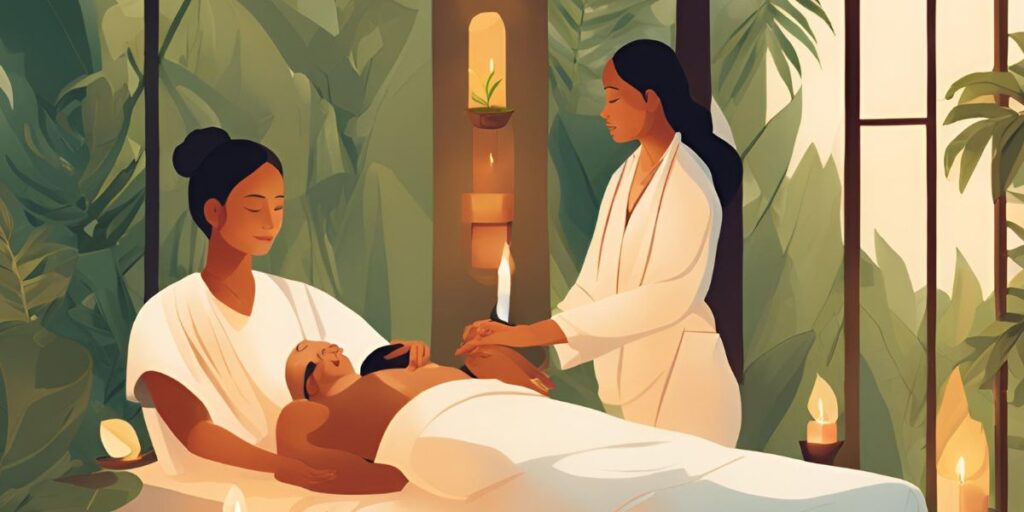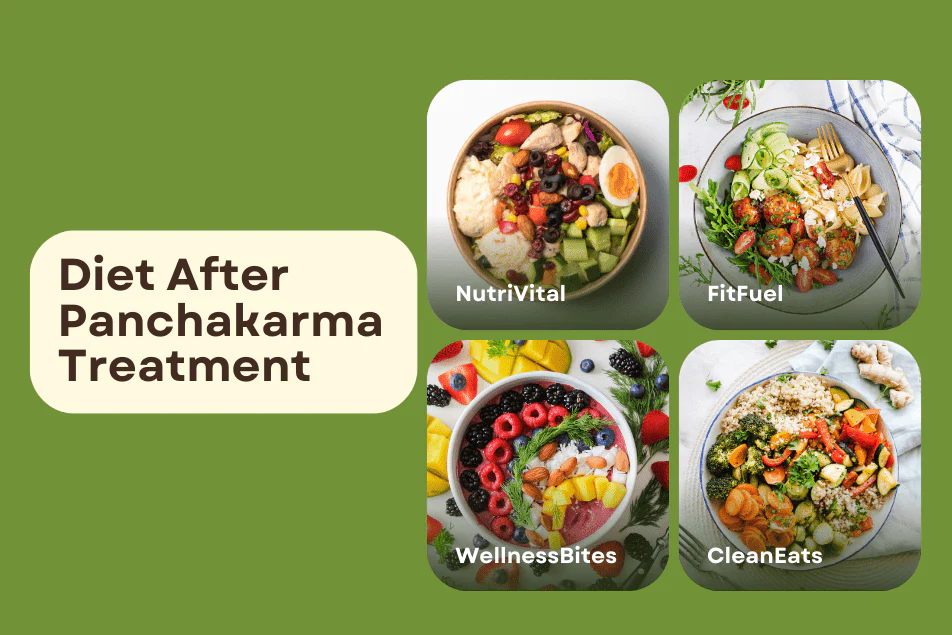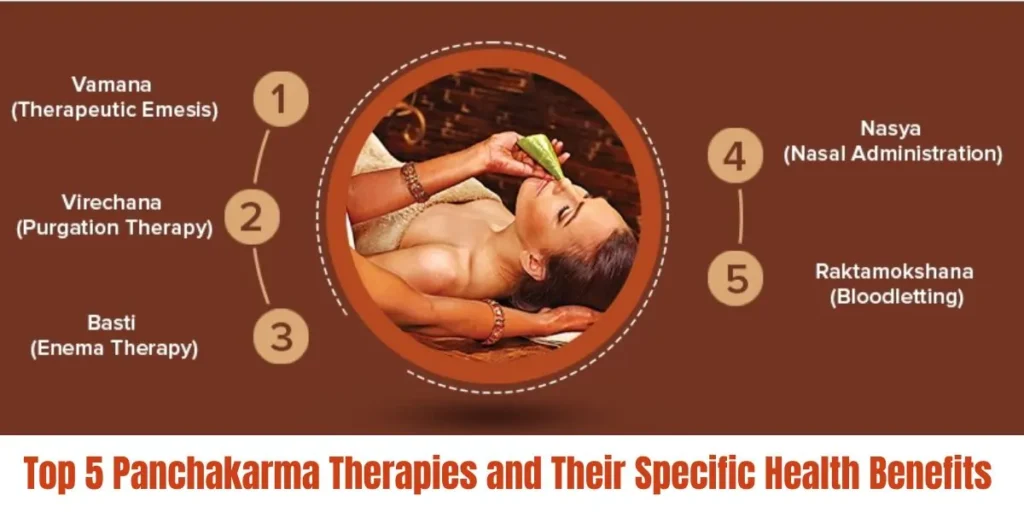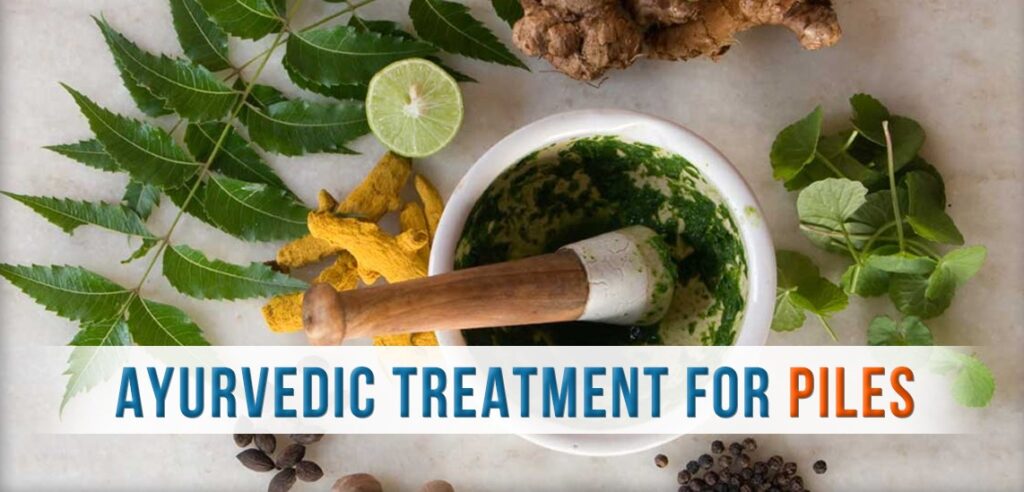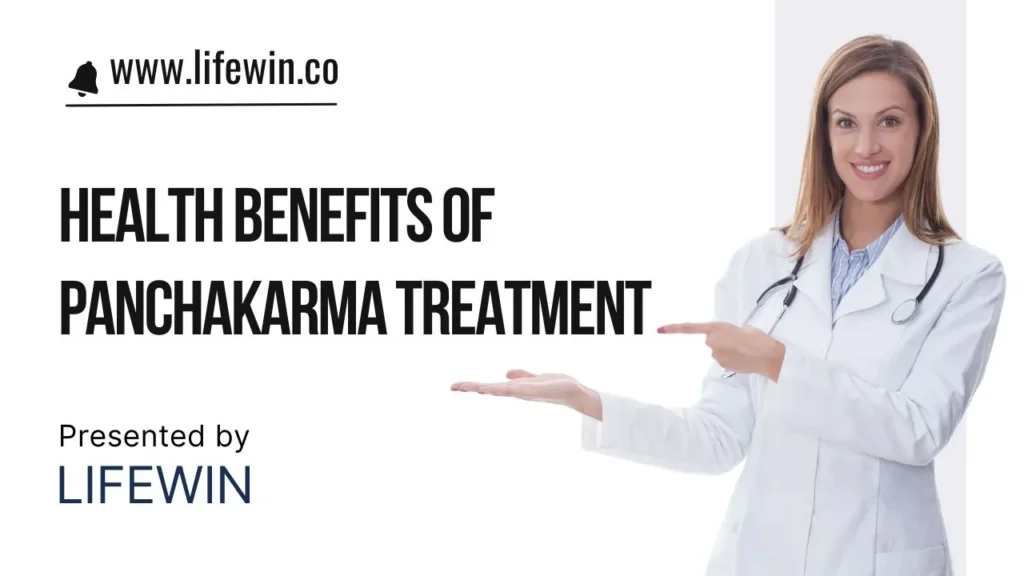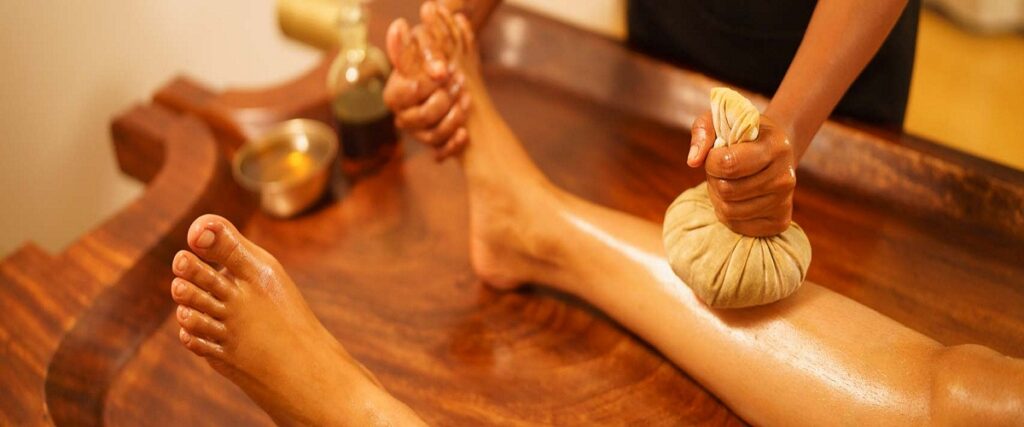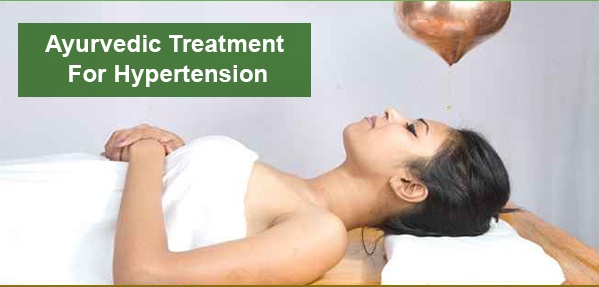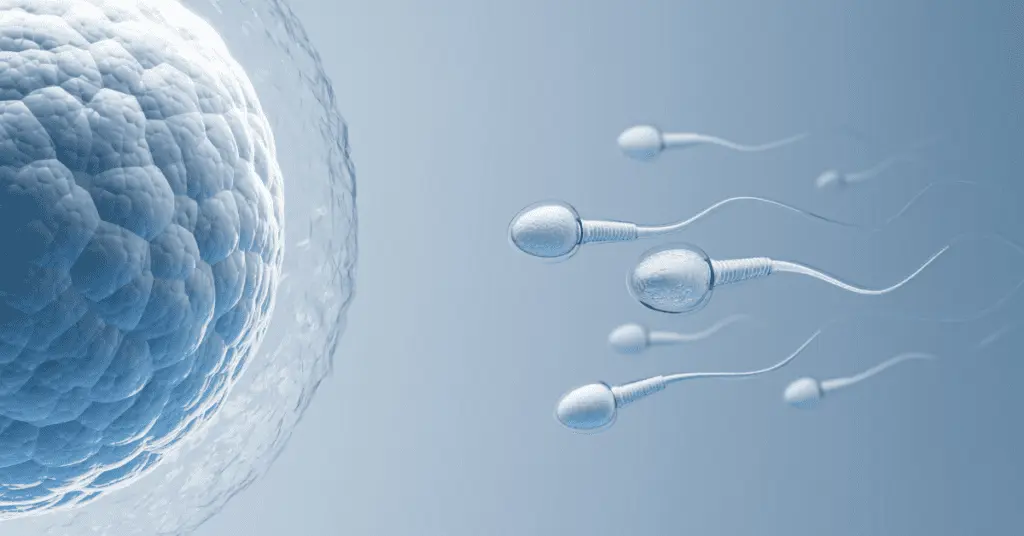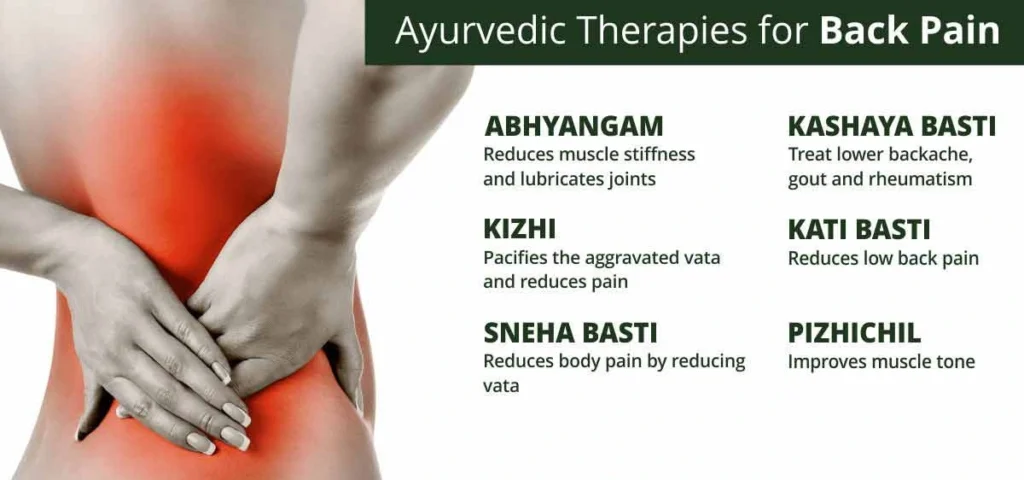Unlocking the Power of Dhoomapana Therapy in Ayurveda with Lifewin
Dhoomapana Therapy in Ayurveda Ayurveda is unique in holistic medicine because of its extensive and tried-and-true methods. Dhoomapana Therapy, an age-old Ayurvedic procedure well-known for its advantages in respiratory health and purification, is one such amazing treatment. We at Lifewin are pleased to incorporate this age-old knowledge into our cutting-edge wellness procedures by providing Dhoomapana Therapy in Ayurveda. This article provides a detailed look at what makes Dhoomapana Therapy so transforming and how Lifewin can help you utilize its advantages. What is Dhoomapana Therapy in Ayurveda? Inhaling medicated smoke is a unique Ayurvedic treatment called Dhoomapana Therapy. This treatment, which balances the body’s doshas and treats various respiratory conditions, is taken from ancient Ayurvedic writings. It also aims to improve general well-being. “Dhoomapana” means “smoke drinking,” and it describes the practice of breathing in smoke that has been laced with medicinal herbs. This therapy burns some herbs and resins to create medicinal smoke. Breathing in this smoke is said to help purify the body, open up respiratory channels, and enhance general wellness. Those with respiratory conditions or those looking for a deep cleaning experience will find the practice especially helpful. How Dhoomapana Therapy in Ayurveda Works In Ayurvedic medicine, Dhoomapana Therapy is administered by inhaling medicated smoke, which interacts with the respiratory system to produce healing benefits. Here’s a detailed explanation of how this therapy is carried out: Preparation: To create medicinal smoke, a mixture of carefully chosen herbs and resins is mixed and burned. Inhalation: Depending on the treatment plan, the patient inhales the smoke through their mouth or nose. This procedure aids in immediately supplying the respiratory system with the medicinal qualities of the plants. Post-Therapy: Following the session, patients are usually urged to adhere to specific dietary and lifestyle advice to aid in the detoxification process and maximize the therapeutic advantages. Key Benefits of Dhoomapana Therapy in Ayurveda Improves Respiratory Health: Asthma, bronchitis, and persistent cough are among the respiratory conditions that Dhoomapana Therapy effectively treats. The medicinal smoke enhances lung function, lessens inflammation, and clears congestion. Detoxifies the Body: By eliminating built-up pollutants and toxins, the therapy helps the respiratory system become more detoxified, enhancing the Body’s general health and vitality. Balances Doshas: Ayurvedic medicine states that imbalances in doshas can cause several health issues. Dhoomapana Therapy aids in dosha balance, especially for the Kapha dosha, which is linked to respiratory problems and phlegm. Enhances Nasal Health: Frequent Dhoomapana Therapy helps encourage a sharper sense of smell, lessen sinus congestion, and improve nose health. Promotes Mental Clarity: Dhoomapana Therapy has relaxing properties that can benefit the mind, lowering tension and improving mental clarity. Why Choose Lifewin for Dhoomapana Therapy? Dhoomapana Therapy is one of the genuine and potent Ayurvedic remedies we at Lifewin are committed to providing. Lifewin is the best option for your Dhoomapana Therapy needs for the following reasons: Expert Practitioners: Our group of Ayurvedic doctors has extensive expertise and experience in Dhoomapana Therapy. We promise that every therapy session is customized to meet your specific health needs. Premium Quality Herbs: We only use premium, organically grown herbs and resins to guarantee that the smoke used in our Dhoomapana Therapy sessions has the greatest possible therapeutic effects. Personalized Approach: We acknowledge that every individual has different health demands. Our practitioners consider your unique problems and objectives when they build individualised therapy programs. Holistic Wellness: The Lifewin technique integrates Dhoomapana Therapy with further Ayurvedic treatments and lifestyle recommendations to improve overall well-being. Comfort and Care: Our facility offers a calm and cosy setting to improve your therapeutic experience. Your comfort and well-being are our top priorities throughout your Dhoomapana Therapy journey. Conclusion In Ayurveda, Dhoomapana Therapy is a potent remedy that offers several advantages for cleansing and respiratory health. At Lifewin, we’re dedicated to providing this conventional therapy genuinely and knowledgeably. By selecting Lifewin for your Dhoomapana Therapy, you are starting a path to better health and well-being using age-old Ayurvedic methods. Discover the advantages of Dhoomapana Therapy with Lifewin and get a comprehensive medical approach that combines traditional knowledge with contemporary treatment. Please visit our website or contact us for further details or to arrange a session. With Lifewin, discover how Ayurvedic Dhoomapana Therapy can improve your quality of life and change your health. “Dhoomapana Ayurvedic Treatment“

